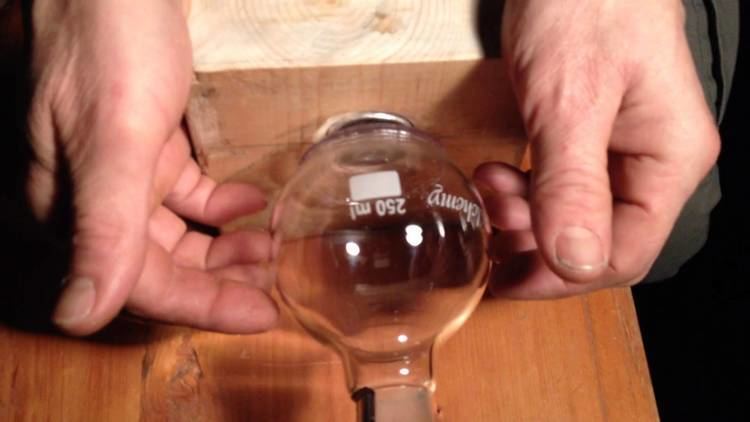Name Francis Hauksbee | ||
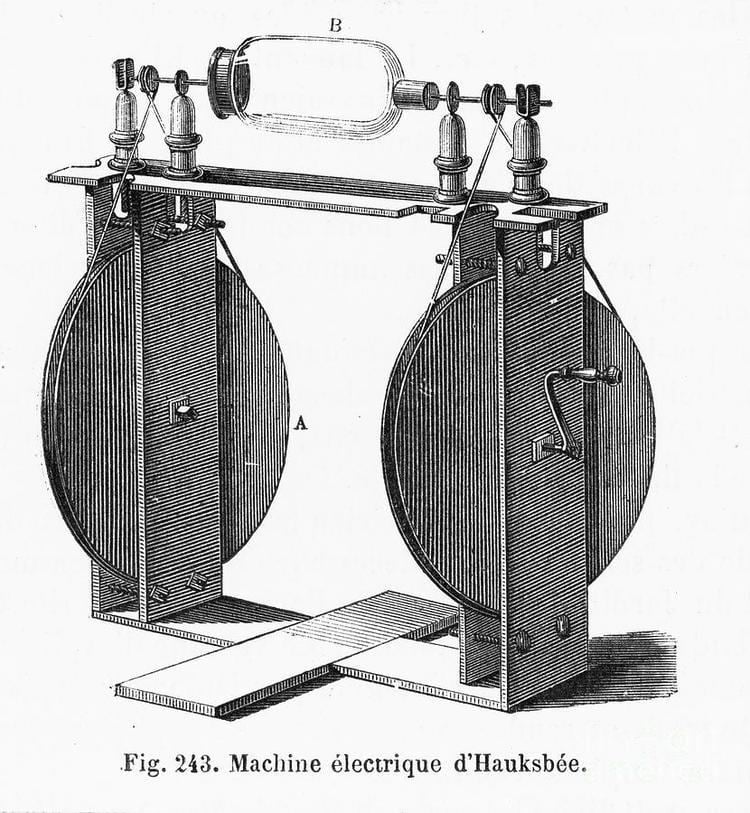 | ||
Died 1713, London, United Kingdom Books Physico-mechanical experiments on various subjects Similar People Otto von Guericke, Robert Hooke, Denis Papin, Robert Boyle, Isaac Newton | ||
Francis Hauksbee
Francis Hauksbee the Elder (1660–1713), also known as Francis Hawksbee, was an 18th-century English scientist best known for his work on electricity and electrostatic repulsion.
Contents
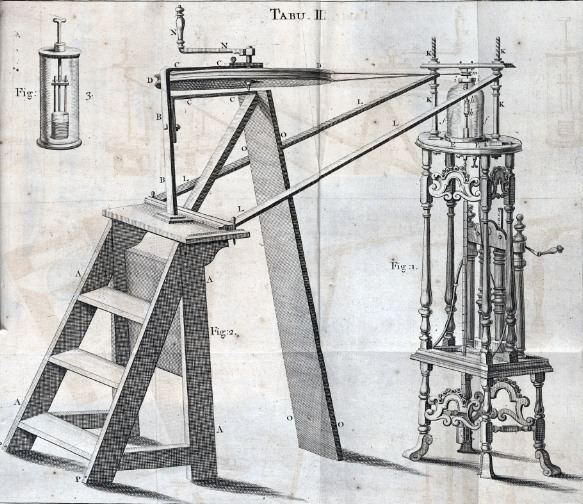
The son of draper Richard Hauksbee, he was baptized on 27 May 1660 in Colchester.
Initially apprenticed in 1678 to his elder brother as a draper, Hauksbee became Isaac Newton’s lab assistant. In 1703 he was appointed curator, instrument maker and experimentalist of the Royal Society by Newton, who had recently become president of the society and wished to resurrect the Royal Society’s weekly demonstrations.

Until 1705, most of these experiments were air pump experiments of a mundane nature, but Hauksbee then turned to investigating the luminosity of mercury which was known to emit a glow under barometric vacuum conditions.
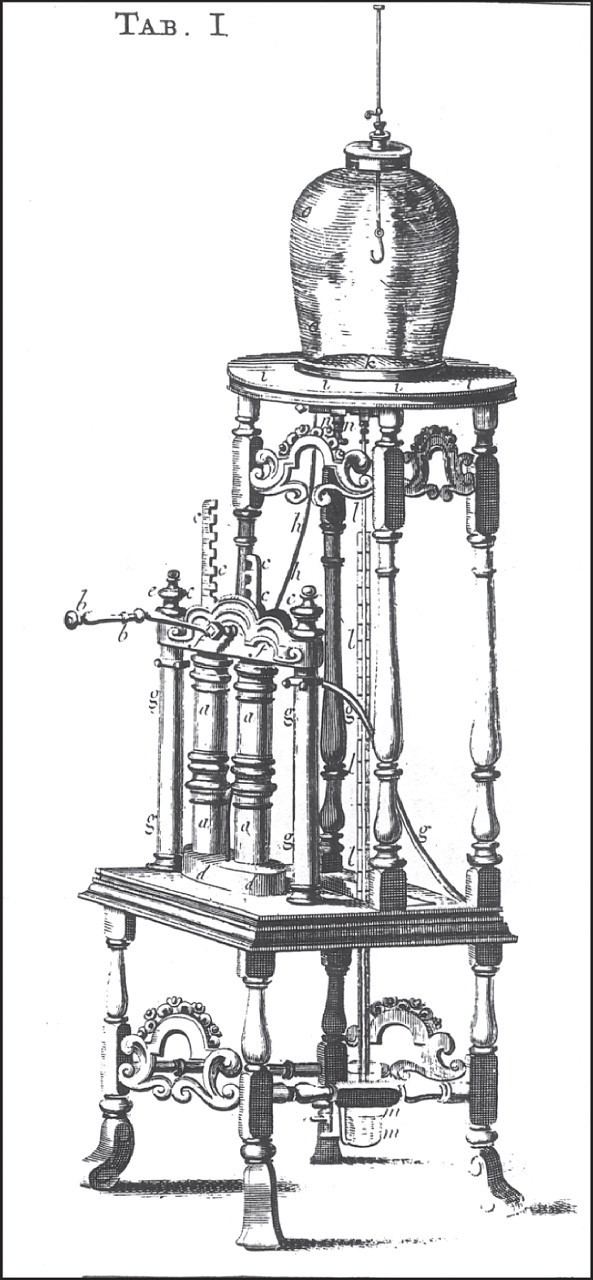
By 1705, Hauksbee had discovered that if he placed a small amount of mercury in the glass of his modified version of Otto von Guericke's generator, evacuated the air from it to create a mild vacuum and rubbed the ball in order to build up a charge, a glow was visible if he placed his hand on the outside of the ball. This remarkable discovery was unprecedented at the time. This glow was bright enough to read by. It seemed to be similar to St. Elmo's Fire. This effect later became the basis of the gas-discharge lamp, which led to neon lighting and mercury vapor lamps. In 1706 he produced an 'Influence machine' to generate this effect. He was elected a Fellow of the Royal Society the same year.

Hauksbee continued to experiment with electricity, making numerous observations and developing machines to generate and demonstrate various electrical phenomena. In 1709 he published Physico-Mechanical Experiments on Various Subjects which summarized much of his scientific work.

In 1708, Hauksbee independently discovered Charles' law of gases, which states that, for a given mass of gas at a constant pressure, the volume of the gas is proportional to its temperature.

He was buried in St Dunstan's-in-the-West, London on 29 April 1713.
Francis Hauksbee (scientist) | Wikipedia audio article
Hauksbee Awards
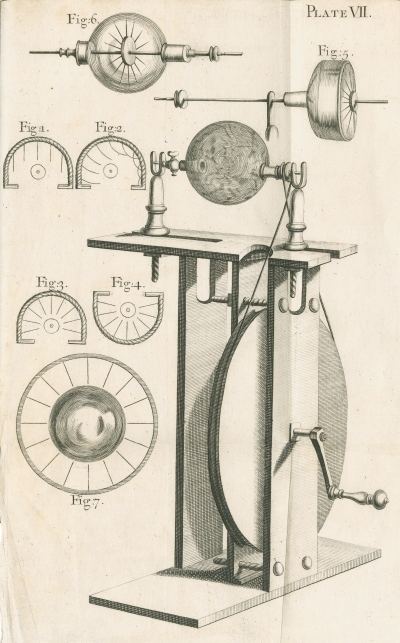
The Royal Society Hauksbee Awards, awarded in 2010, were given by the Royal Society to the “unsung heroes of science, technology, engineering and mathematics.”


